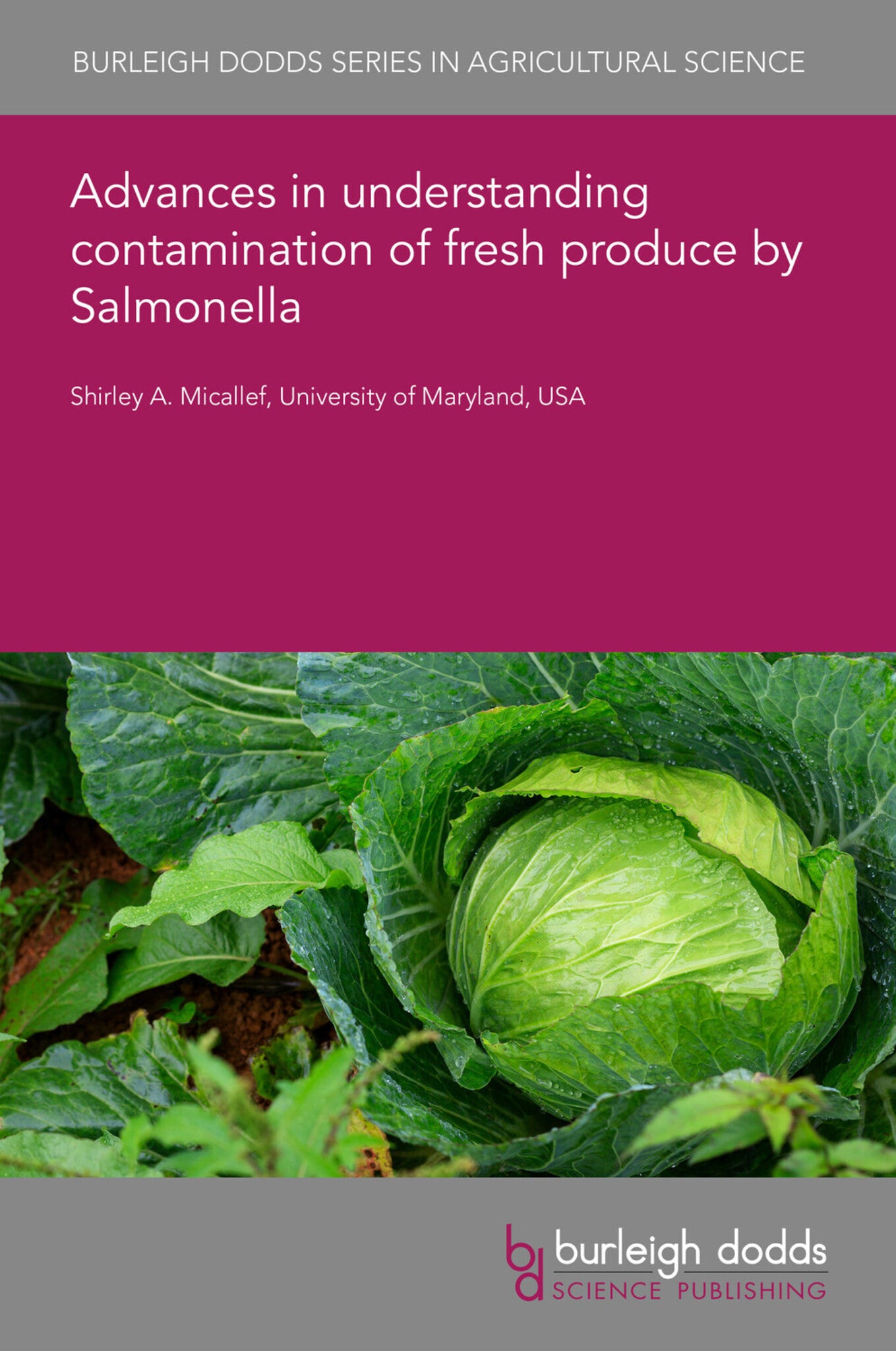We're sorry. An error has occurred
Please cancel or retry.
Advances in understanding contamination of fresh produce by Salmonella

Some error occured while loading the Quick View. Please close the Quick View and try reloading the page.
Couldn't load pickup availability
- Format:
-
14 August 2023

Salmonella is a frequent etiologic agent for foodborne illnesses acquired via consumption of plant-based foods. This may be attributed to the adaptability of this pathogen to various environments and hosts, including plants. Salmonella has a broad capacity to associate with fresh produce crops from a multitude of plant families, colonizing various anatomical structures of plants at all developmental stages, from root to leaf, from sprout to fruit. Salmonella identifies microsites on the plant surface with adequate water and nutrients and can enter plant tissues through natural plant openings such as stomata and lenticels. Its ability to persist on or penetrate plant tissues may also be facilitated by agricultural practices or post-harvest preparation of fruit and vegetables. This chapter discusses the various plant traits and agricultural practices that aid Salmonella association with fruit and vegetable crops, as well as the genetic strategies that Salmonella employs to compete in the plant niche.

SCIENCE / Life Sciences / Horticulture, Commercial horticulture, TECHNOLOGY & ENGINEERING / Food Science / Food Safety & Security, TECHNOLOGY & ENGINEERING / Agriculture / Agronomy / Crop Science, TECHNOLOGY & ENGINEERING / Agriculture / Sustainable Agriculture, Sustainable agriculture, Agricultural science, Agronomy and crop production

- 1 Introduction
- 2 The diversity of the plant association
- 3 Salmonella contamination of fruit and vegetables
- 4 The metabolite landscape in the plant niche
- 5 Salmonella on produce
- 6 Salmonella strategies in the plant niche
- 7 Conclusion
- 8 References



